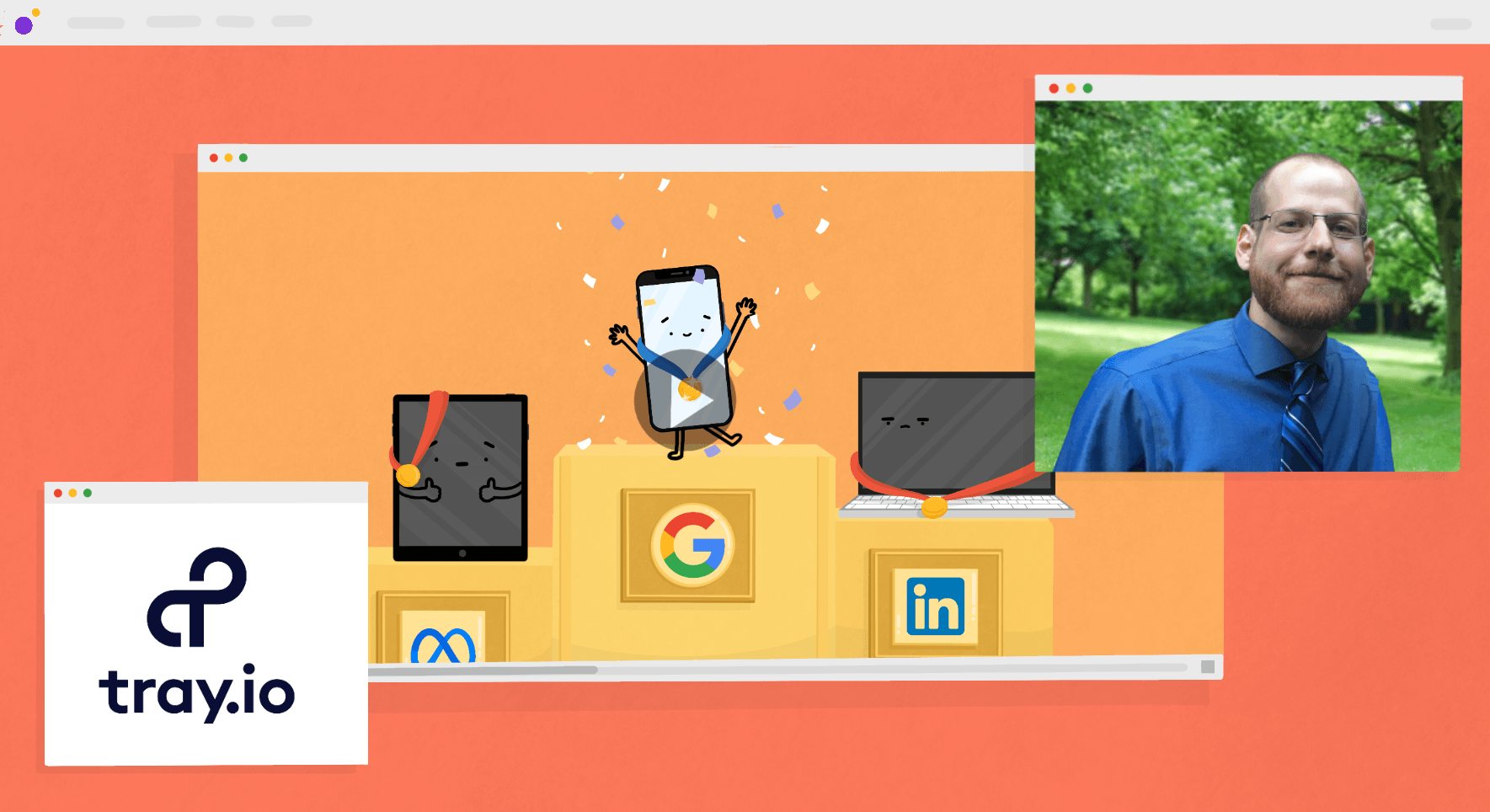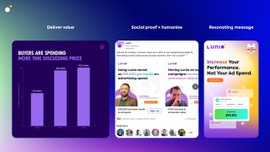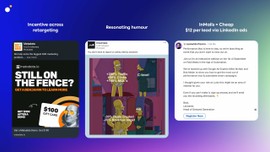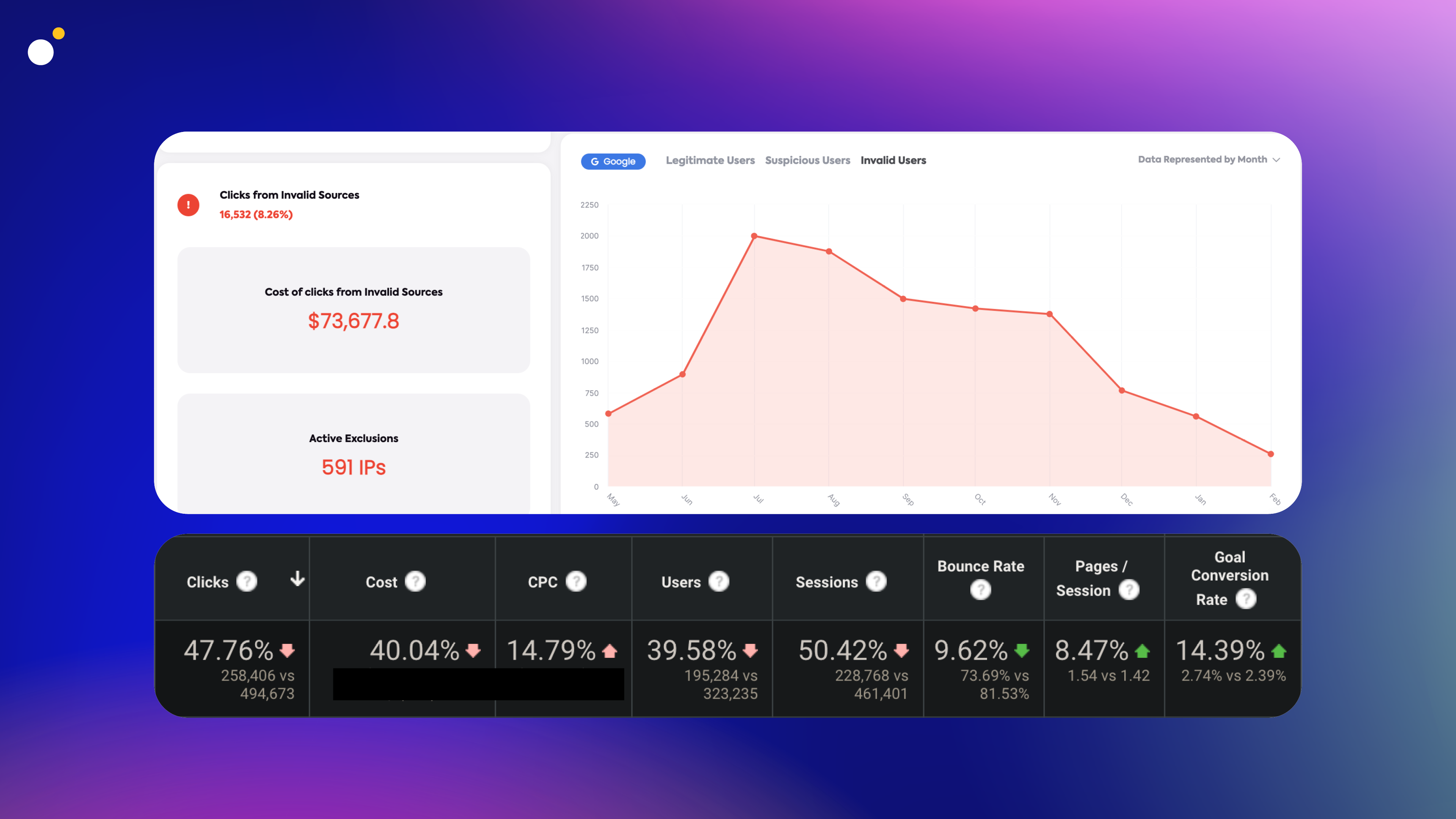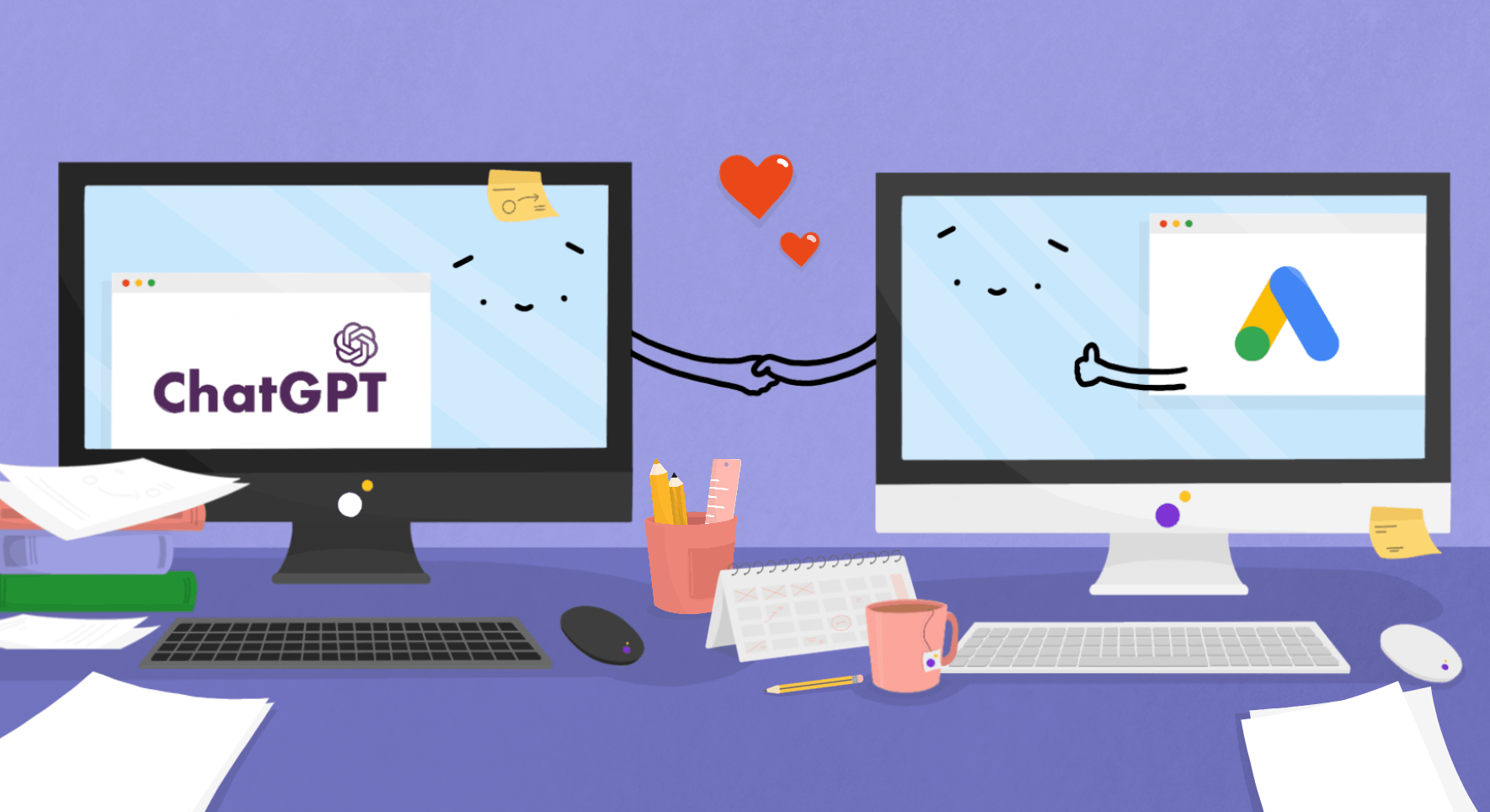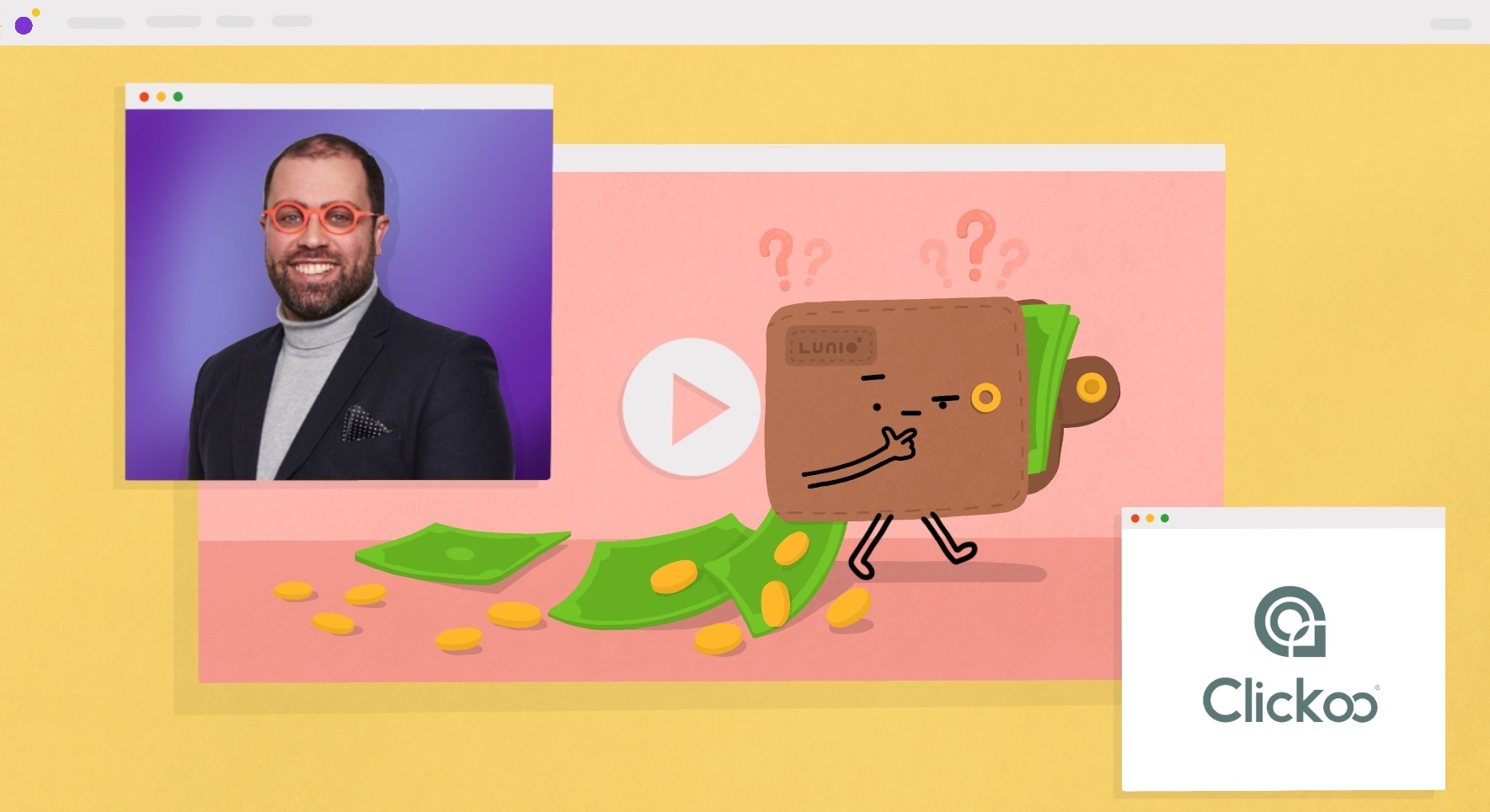Revenue? I thought you just wanted leads!
B2B brands tend to spend the vast majority of their paid media budget on driving short-term outcomes with lead generation activity driving little revenue.
This overlooks the value of using paid media to amplify thought leadership, value-added content, and build brand authority – all of which play a significant role in buyer decision-making.
Content-driven demand gen helps drive “dark social” distribution and word-of-mouth – Two of the most influential channels. But this often gets ignored because neither are commonly captured and reported in your CRM.
In our latest webinar, we spoke to Matt Atkin, Senior Performance Marketing Manager at Tray.io about how to flood your pipeline with sales-qualified leads. Gareth was joined by Leonardo Pizzaro, Head of Demand Generation at Lunio, and the conversation was hosted by Lunio’s Customer Success Manager, Lizzie Holberry.
Webinar Timestamps
- 00:00 – Intro & agenda
- 05:15 – Driving efficiency with less marketing resources
- 09:00 – The role automation plays in B2B demand gen
- 14:30 – The impact blocking fake ad engagements has on marketing KPIs
- 22:00 – Examples of great B2B social media ads
- 32:30 – Tips for running more efficient B2B campaigns in 2023
TL;DR – Key Takeaways
- Your ads should always be focused on the customer, not your business. Successful ads are those which create an emotional connection. Resolve your customer’s needs, provide helpful advice, or give them something they didn’t know they needed.
- Experiment with new ad formats, messaging, and imagery even when working with reduced budget. Run A/B tests to hone in on combinations that perform best.
- Run meme-based ads to drive higher engagement rates and prioritise outreaching to anyone who comments or tags a friend as they’re much more likely to respond.
- Run retargeting campaigns to offer key target accounts a gift card incentive (e.g. $100) for demo signups to help reduce your overall cost-per-acquisition.
- Experiment with LinkedIn’s text ad format (i.e. those that appear in the right-hand column next to the feed) in your top-of-funnel brand awareness campaigns.
- Use LinkedIn InMail campaigns to drive down your cost per lead for things like webinar registrations and eBook downloads.
- Not all conversion sources are equal. Separate declared vs assumed intent into two pipeline channels. Then plan and build your goals for each separately.
- 10 – 20% of ad spend is typically wasted on bots and fake users on social platforms. By eliminating fake ad engagements from your campaigns, the money saved can be reinvested to reduce your cost per lead and drive greater overall volume.
- Use extensive exclusion targeting criteria to improve conversion rates. Exclude any audience unlikely to convert such as current customers or irrelevant job titles.
- Make a list of every process you currently have to do manually that could potentially be automated. Prioritise automating the top 5 tasks that will have the biggest impact on your business.
- Increase your investment in ABM as it delivers higher ROI than all other types of marketing. Consider running one-to-one campaigns as well as one-to-many.
- Use ChatGPT for title ideas and promotional copy next time you’re working on a content-focused campaign like a guide or a webinar.
- Block out time each month to evaluate your “business-as-usual” activities to assess whether they are worth continuing to spend time on.
Examples of Great B2B Social Ads
Generating qualified leads through paid social ads will always be challenging. There is no secret formula that will instantly 10x your revenue.
It’s all about figuring out what works best for your business and what resonates most with the people you’re trying to reach. And like many other B2B brands, Tray.io have found LinkedIn to be their best performing Social channel.
During the webinar, Matt talked through a variety of ad formats from his own campaigns to highlight the underlying principles that make them so effective.
The thing that’s immediately apparent is the customer-first messaging: “Love your work. Automate the rest.” The copy speaks directly to a common pain point and the use of the word “Love” creates an emotional resonance.
“We’ve paired that messaging with some very clear product screenshots so you know exactly what to expect if you do choose to click through to learn more, and potentially sign up for a demo” said Matt.
It’s also worth noting that the ad in the middle is taking advantage of the new vertical LinkedIn ad format. These only display on mobile and take up the entire screen when the user is scrolling, which Matt has found to be particularly effective.
“When you’re being asked to do more with less, it’s always a good idea to play around with ad variables and do some A/B testing. If you continue to do what you’ve always done, you’ll never drive further ad spend efficiency” said Matt.
Matt’s favourite ad from this group is the LinkedIn text ad in the top right which leads with: “Have a nice day 👋”. It’s great because it’s so unique. And as Matt explains, it leverages this underutilised format to its full potential:
“The goal here is top-of-funnel brand awareness. We’re not trying to sell. There’s no marketing jargon. Just a friendly hello from Tray.io. It’s important to get eyes on your ads in different ways. And while this one isn’t going to drive direct conversions, it still strongly aligns with what our brand stand for and how we want to be seen”
Lastly, the ad in the bottom right uses a clever animated design that works especially well for more complex products and solutions.
“It highlights our platform’s ability to connect to a bunch of different software tools. This then allows us to target specific technographic audiences who we know rely on those tools on a day-to-day basis at work” said Matt.
Leo then took us through 6 other examples he really likes from his personal “ad inspiration” stash – which at this point contains more than 1,000 screenshots!
Note: If you don’t already keep your own “ad inspiration” folder, we highly recommend you start one. It’s an invaluable reference point to have during the campaign creation process.
Gong (Left)
Gong is a leading revenue intelligence platform that analyses customer-facing interactions across phone, email, and web conferencing to deliver sales teams the insights they need to close more deals.
“Rather than pitching their product, this example from Gong leads with an informative, value-added approach. This kind of insight is genuinely useful to the sales-specific audience they’re targeting. I don’t work in sales, but I feel like I’ve learned a lot about it just from seeing Gong ads like this one over the past few months” said Leo.
Lunio (Middle & Right)
In case you’re unsure what we do here at Lunio, we’re a performance marketing efficiency platform that improves ROI on more than 15 ad platforms (including Google, Meta, LinkedIn, and TikTok) by blocking fake ad engagements and invalid traffic.
“The carousel in the middle is one of our best performing LinkedIn ads. We tried to humanise our brand by focusing on people rather than the product itself. And we tied the imagery to social proof testimonials which tell a story about the benefits of our solution when you proceed from start to finish. The ad on the right focuses on memorable, customer-centric messaging similar to that seen in Matt’s examples” said Leo.
Metadata (Left)
Dubbed “The First Marketing Operating System for B2B” Metadata eliminates manual and repetitive work so marketers can focus on strategy, creativity, and driving revenue.
“Based on how prevalent they’ve become, it seems like we’re in the era of gift cards. If you’re looking at a solution and evaluating whether it’s the right choice, a $100 gift card will get you off the fence and across the line, at least for an initial call. Many brands are finding it’s helping to significantly reduce their overall cost per acquisition” said Leo.
Dreamdata (Middle)
Dreamdata gathers, joins, and cleans all revenue-related data. It then presents transparent, actionable analysis of what drives B2B revenue to help cut costs and decide what to scale.
“Meme ads are becoming super popular in the B2B space right now. They’re funny, often relatable and blend in with the social feed” said Leo.
On social media, your ads have to fight for attention against endless competition. So you need to make sure they stand out. And one of the best ways to do that is through humour.
“Humour content typically sees a higher engagement-rate with users commenting and tagging peers. This allows advertisers and sales reps to filter through passive vs active LinkedIn users, and prioritise the most engaging users” said Leo.
People who comment on posts are far more likely to engage with you and reply back if you reach out to them. These are the right individuals to speak to at your target accounts.
LinkedIn InMails (Right)
InMails allow you to message other users via LinkedIn Sales Navigator, without needing a prior connection. And at $0.50 per InMail, they’re super cheap.
“The average cost-per-click for LinkedIn sponsored ads is well over $10. So you could be paying $20 or $30 per lead there. But in the example above, which we ran for our previous Performance Max webinar, we brought that down to $12 per registration via InMails” said Leo.
You’ve got one chance to make a good impression though. So every word should be written to make sure you don’t sound robotic or overly-pushy.
Prioritise Declared Intent Over Assumed Intent
When working with limited resources, you need to be very strategic about where you spend your time and energy. Not all potential conversion sources are equal. And that should be reflected in your approach.
Declared Intent = The buyer declares intent to buy from you (e.g. demo request, G2 Signal, contact sales, pricing page views etc)
Assumed Intent = You assume the buyer has intent based on their digital behaviour (e.g. eBook download, webinar attendee, trade show badge scan, etc)
“You shouldn’t treat a website visit or webinar sign up as a purchasing intent signal. That’s an assumption you’re making. Sure, the logo might look great in your pipeline, but that doesn’t mean they’re ready to buy. So hold off before investing more time and energy on that particular account.
“Prioritising declared intent means looking at things like G2 signals, views on a pricing page, or multiple consecutive website visits from a particular account. Doing so narrows down your focus on activities and accounts that are much more likely to generate revenue. That significantly increases your overall marketing efficiency” said Leo.
Measuring on MQLs alone incentivises marketing teams to get the most volume of MQLs for the lowest cost (i.e. assumed intent conversions), which is entirely misaligned with sales productivity and sales goals. Separate declared vs assumed intent into two pipeline sources. Then plan and build your goals for each separately.
Stop Wasting Spend on Fake Ad Engagements
Bots, fake users, and inaccurate automated audience targeting have caused a corresponding spike in low quality clicks and conversions for most businesses in recent years. Based on data we’ve collected at Lunio, we commonly see that 10 – 20% of ad spend is wasted each month.
Inflated impression numbers, invalid clicks, form spam, and fake leads are now so commonplace that many marketers simply see it all as an inevitable and unavoidable “cost of doing business”. But that shouldn’t be the case.
Matt and the team at Tray.io have been using Lunio for more than a year to block fake ad engagements, reduce campaign costs, boost traffic quality, and increase conversion rates. And the results speak for themselves.
The data below is from May 1, 2022 – Feb 1, 2023 and compares against the same time period for the year prior. The figure on top shows Lunio platform data, and the one below is from GA4.
- The red graph shows how many fake users Lunio identified and blocked from Tray.io campaigns month over month since implementation.
- Lunio prevented the loss of $73,677 which was reallocated back into campaigns to drive greater overall conversion volume.
- Click volume fell by 47.76% which contributed to a 40.04% decrease in costs.
- By significantly reducing costs through narrowing their target audience, Tray.io were focusing their budget exclusively on genuine customers. This resulted in a 14.79% increase in average CPC since higher quality traffic is more competitive.
- Despite the lowered volume of clicks and traffic, bounce rate decreased by 9.62%, pages per session increased by 8.47%, and most importantly, conversion rate increased by 14.39% – signalling Lunio helped significantly improve the overall quality of traffic.
“The people reaching our website are now much more likely to be the kinds of leads we want, they’re more likely to be valid retargeting audiences, and they’re ultimately more likely to convert to customers. Lunio has delivered a huge lift for us metrics-wise since adoption” said Matt.
It’s important to note that Lunio wasn’t the only factor contributing to the improved performance. Matt continued to make Search and Social campaign optimisations to drive greater efficiency. And macro-economic factors undoubtedly played a role. But correlation of the two data sets shows eliminating fake ad engagements had a significant impact.
Leo went on to explain how Lunio data can also give you insights into what fake user profiles actually look like on Social platforms like LinkedIn:
“The fake users Lunio detects are added to a LinkedIn audience to exclude them from future campaigns. And diving into the details of those audiences can reveal some really interesting trends.
“You may notice a large number of fake users all claiming to work for the same company (e.g. Microsoft), or many of them may share a particular job function or location. Understanding the common traits of fake user profiles on a particular platform means you can be proactive in excluding them” said Leo.
7 Tips For More Efficient B2B Campaigns
To wrap up the webinar Matt and Leo shared some helpful tips for levelling-up your demand gen activity and driving more sales-qualified leads:
1. Automate as Many Tasks as Possible
Automation plays a central role in performance marketing efficiency. And with the help of tools like Tray.io, it’s often an easy win. Matt laid out a simple framework for getting started:
“Make a list of every process you currently have to do manually that could potentially be automated. Prioritise that list according to what will have the biggest impact on your business. Then take your list to your ops team and figure out how to can streamline your top 5 prioritised processes with the help of automation”
2. Continually Experiment With Your Ads
The goal here is to get creative, try new things, and help your brand stand out from the crowd. Even if you have less resources, you still need to innovate to hone in on the messages that resonate best with your audience.
“Marketing is a gamble at the end of the day. Show me a marketer who says they know which ad will perform best before they launch a campaign, and I’ll show you a liar” said Matt.
3. Increase Your Investment in ABM
87% of companies say that ABM delivers higher ROI than all other types of marketing, according to Tribal Impact.
“Build a deeper understanding of what the key roles at your target accounts do on a day-to-day basis. Develop messaging that speaks directly to the problems you can solve for them. And spend more of your money going after accounts more likely to impact the bottom line for your business” said Matt.
Leo went on to highlight the benefits of one-to-one AMB campaigns vs the more commonly used one-to-many approach:
“ABM really shines when you can call out specific companies. Loom does this really well and they’ve documented their strategy which I highly recommend checking out.
“You can include the company’s logo in your ads paired with content that speaks directly to them. Or you could even consider building a custom landing page dedicated to that account if you’re serious about capturing their interest and converting them”
4. Leverage Exclusion Audiences
Oftentimes you’ll have a better idea of who your audience isn’t than who they are. Always feed that information into your campaigns to significantly boost the efficiency of your targeting.
“Dedicate time to building out fully-comprehensive exclusion audiences or use tools like Lunio to automatically create them for you. Stop putting your ads in front of people who are never going to convert such as current customers, job seekers, or irrelevant job titles” said Matt.
Social platforms typically use historic data from users who have engaged with your ads in the past, in an effort to find other ‘lookalike’ users to display your ads to. You have little control over that part of the targeting process. But you still have full control over who you exclude.
5. Ramp Up Your Social Selling Efforts
Companies with consistent social selling processes are 40% more likely to hit revenue goals than non-social sellers. But to make B2B social selling work, you need to shift from a selling first mentality to that of a thought leader – providing useful resources that solve your customer’s greatest challenges.
“Content creation on LinkedIn is completely free. And this webinar is a great example of that in action. We can leverage it on-demand, we can repurpose it as a blog, and we can create a whole host of social posts from the topics we’ve covered today. From a single webinar we can generate lots of shareable content that’s going to have a positive impact for both Tray.io and Lunio” said Matt.
6. Make the Most of ChatGPT
If you’re on LinkedIn, you’ve probably seen more than your fair share of ChatGPT related content. And with good reason. It represents a landmark moment in the development of AI – with the potential to revolutionise a vast array of business functions from content to coding.
“Use ChatGPT next time you’re working on a content-focused campaign like a guide or a webinar. It’s great for coming up with lists of topic ideas and potential titles. You can also input all your research and preparation notes and ask it to generate a short engaging synopsis with a condensed bullet point list of valuable takeaways to help with promotion” said Leo.
Note: It’s always worth taking the time to edit and refine ChatGPT outputs to make sure the copy stands out from the crowd and fully aligns with your brand voice.
7. Regularly Review Your “Business-As-Usual” Activities
Block out time each month to evaluate what you’re doing and ask yourself important questions.
- Is it clear this activity is helping to generate pipeline?
- Is it with continuing this activity at this frequency?
“You don’t need to publish 3 blogs or send 5 emails a week just because you see other companies doing it. I’ve seen many businesses trim down their email marketing strategy to one email a month – focused on delivering a ton of value in a very condensed format. Those are the kinds of newsletters people actually look forward to opening and they’re much more likely to share them with others” said Leo.
When you’re trying to do more with less, it’s essential to narrow your focus and prioritise the activities that drive tangible results.
Generate Demand With Less Budget
Applying the 7 tips above will help you focus on revenue generation over mere lead generation. If you start to land some ABM wins, that alone will make a massive difference.
And if you’re being more efficient with your time, you should be more efficient with your budget too. By automatically eliminating all fake ad engagements, Lunio converts wasted spend into extra conversions and sales on all ad networks including Google, Meta, LinkedIn, TikTok, and more.
Simply deploy the tracking script via your tag manager of choice and let Lunio’s proactive, self-learning algorithms analyse and filter your paid traffic to focus 100% of your budget on real customers.
Want to see Lunio in action and find out how much fake traffic is costing your business?
Useful Links & Further Reading
How to Generate Qualified Leads With Paid Social [Webinar], Lunio
The ultimate guide to automating the entire lead lifecycle, Tray.io
60,000+ Display Network Exclusion List, Lunio
Drive down CPC and target the best leads automatically, Tray.io
Behind the scenes on the Loom ABM ad campaign, Loom
Do Memes Have a Place in B2B Marketing?, CSM Wire
Merchants Guide to Successful B2B Gift Card Programs, Black Hawk Network
ChatGPT for PPC: 7-Step Framework to Automate Ad Campaigns, Lunio
The Expert Guide to Performance Max, Lunio
Marketing Efficiency Ratio: How, Why, & When to Calculate It, Lunio
Perfect Bid Management
Discover our 14-day trial to target genuine users and optimise your bid management strategies.
